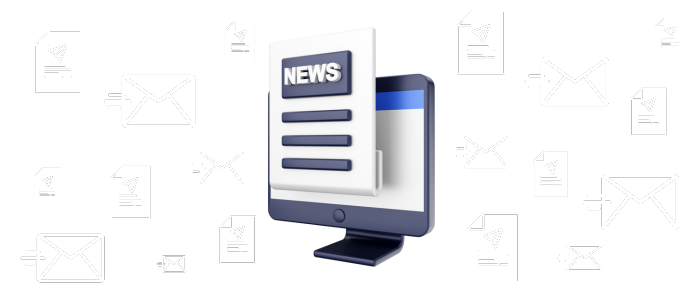
The different players in business process management
Find out who is involved in efficient business processes besides process managers and IT professionals, and how they work together to ensure flawless processes.
Moreby Kevin Lang
Business process documentation can have a major impact on business success in today's enterprise world. In order for a digital transformation to be efficient and on target, processes need to be documented in a clear and understandable way. This not only provides a better overview of workflows, but also forms the fundament for automating processes.
But how do you choose the right modeling standard to record processes and make them understandable for everyone?

There are many modeling standards that are suitable for documenting processes. The most important prerequisite for a successful selection is that the standard is applied uniformly in the company and is easy to understand. Here are three of the most commonly used standards:
The flowchart is the oldest of the standards presented and has been used to visualize workflows since 1921. In most cases, the flow is modeled from top to bottom and contains start and end points, activities and conditions. The advantage lies in the simple representation of sub-processes, but the overview can quickly be lost in complex processes.
The EPC is similar to the flowchart, but differs in the use of events, which can be at the beginning, at the end or in the middle of the process. This gives the EPC a certain flexibility and innovation over the traditional flowchart. However, the EPC is mainly known in German-speaking countries and could not establish itself globally, because there is no internationally recognized organization behind it.
BPMN is the most recent of the modeling standards presented and was first published in 2001. BPMN contains start and end events as well as responsibilities, which are defined in pools to clearly distribute responsibilities. The standard is modeled mainly from left to right, which promotes clarity, but can also be used from top to bottom.
Since the introduction of BPMN 2.0 in 2011, models can be extended and read by systems. This allows developers not to have to program the process manually, but to pass it to a workflow engine that automatically handles the orchestration. When changes are made to the process, only the model needs to be updated.
Each of the standards mentioned has its advantages and disadvantages. The most important thing is that the selected standard is applied uniformly in the company and is comprehensible to all employees. Clear guidelines for the use of these standards are of great importance. In the case of complex processes, the use of process maps is recommended in order to maintain an overview.
If the aim is to automate processes, BPMN is the best choice due to its system readability.


Find out who is involved in efficient business processes besides process managers and IT professionals, and how they work together to ensure flawless processes.
More
How can companies increase efficiency and cut costs in an uncertain economic environment?
More
There are numerous benefits that process automation can bring to your business. It simplifies the work process, optimizes costs, and makes results more reliable and satisfying. This article will show you the positive effects of process automation on your company.
More